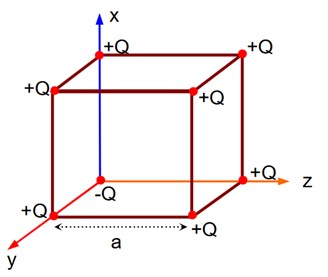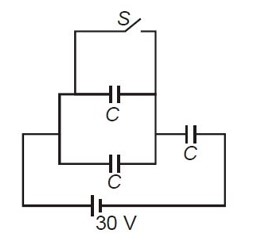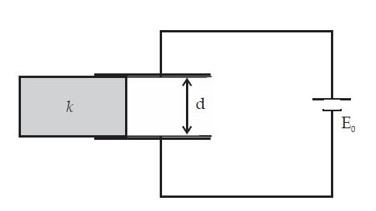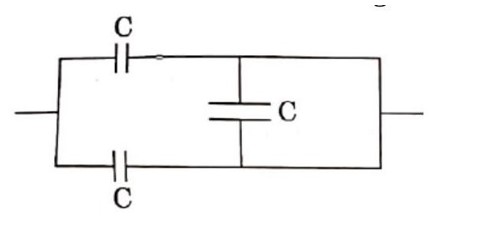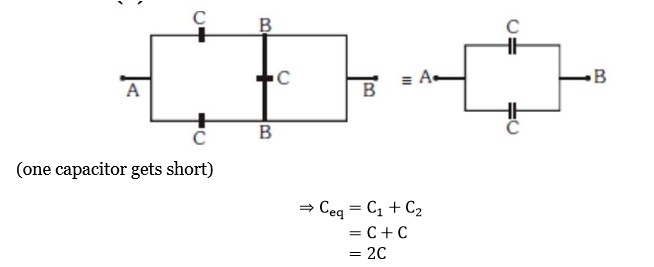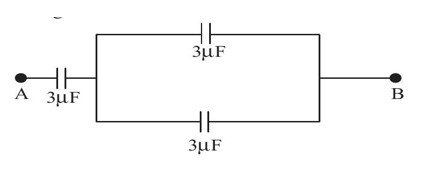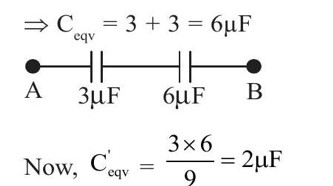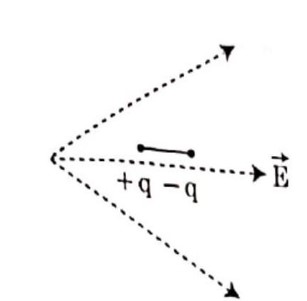Physics Electrostatic Potential and Capacitance
Get insights from 132 questions on Physics Electrostatic Potential and Capacitance, answered by students, alumni, and experts. You may also ask and answer any question you like about Physics Electrostatic Potential and Capacitance
Follow Ask QuestionQuestions
Discussions
Active Users
Followers
New answer posted
2 months agoContributor-Level 10
If charge (-Q) at origin is replaced by (+Q), then electric field at the centre of the cube is zero. Thus, electric field at the centre of the cube is as if only (-2Q) charge is present at the origin.
New answer posted
2 months agoContributor-Level 10
When connected in series, equivalent capacitance,
When connected in parallel, equivalent capacitance
C2 = C + C = 2C
New answer posted
2 months agoContributor-Level 10
Ui = ½C (V/3)² + ½C (V/3)² + ½C (2V/3)²
Uf = ½CV²
Wb = CV²/3
ΔH = [Wb - (Uf - Ui)] = CV²/6 = 0.30 mJ
New answer posted
2 months agoContributor-Level 10
(4/3)πR³ = 27 (4/3)πr³) ⇒ R = 3r (i)
v = Kq/r = V? /r = (q? /q? ) (r? /r? ) (i)
⇒ 220/V? = (q/ (27q) (3r/r) (i)
⇒ 220/V? = 1/9 (i)
⇒ V? = 220 * 9 = 1980 volt (i)
New answer posted
2 months agoContributor-Level 10
W_agent + W_battery = ΔU
W = ½ (KC - C)V² - [ (KC - C)V]V
= ½ (K - 1)CV²
New answer posted
2 months agoContributor-Level 10
For a conducting sphere, the electric field E = σ/ε? and potential V = σR/ε?
When two spheres are connected by a wire, their potentials become equal: V? = V?
σ? R? /ε? = σ? R? /ε?
σ? R? = σ? R? ⇒ σ? /σ? = R? /R?
Taking an Exam? Selecting a College?
Get authentic answers from experts, students and alumni that you won't find anywhere else
Sign Up on ShikshaOn Shiksha, get access to
- 65k Colleges
- 1.2k Exams
- 679k Reviews
- 1800k Answers

